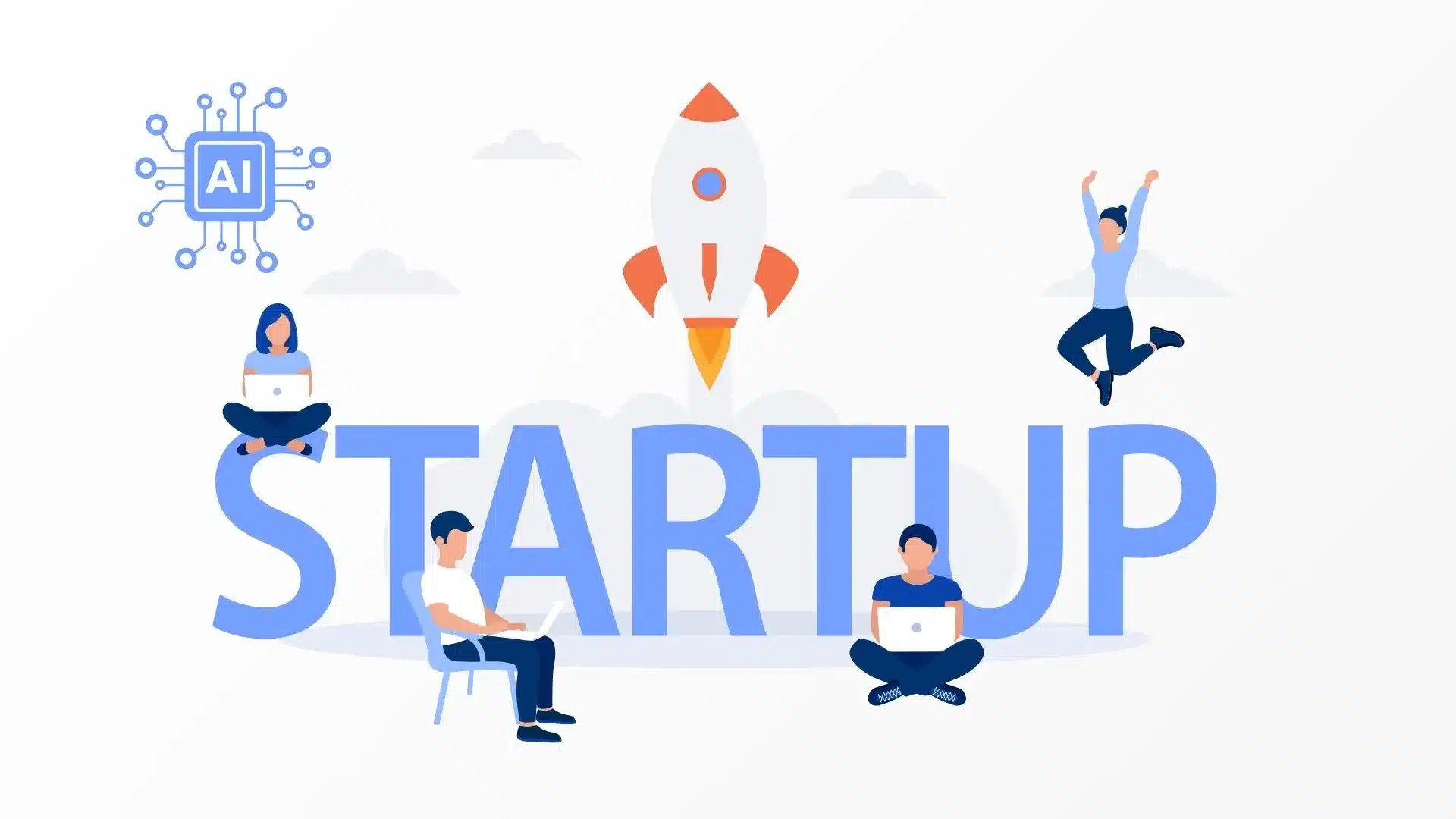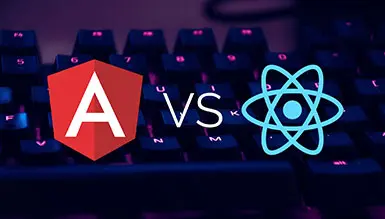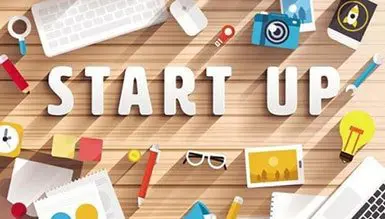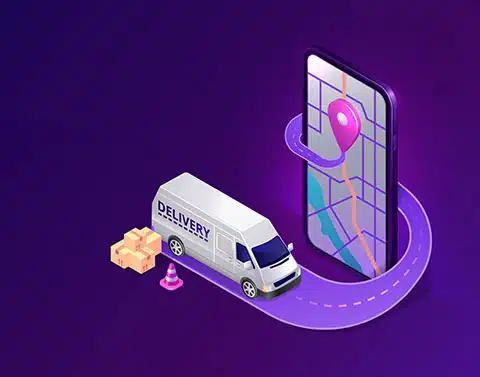In this blog, we will be discussing minimum viable products in detail. If you are looking for a mobile app development company for MVP development, then this blog is for you. This blog includes basic to advance level information regarding MVP that helps you to determine the information such as the cost to build an MVP and much more.
What exactly is a minimum viable product?
A minimum viable product is a product with limited features. This MVP is usually created at an early stage to collect the feedback of customers. The purpose of developing MVP is:
- To understand the requirements of the customer in detail.
- How these needs can be fulfilled?
- How the market reacts to your product?
MVP can be broadly divided into two categories, Low-Fidelity MVP, and High-fidelity MVP. Let us discuss each of them in detail.
Low-fidelity MVP: A low-fidelity MVP is a simple method of determining whether there is a market for your idea. A paper sketch that illustrates a function of your mobile app would be an example. It is for determining the customer’s problem to find out the best solution for them. It requires no development. You can develop this MVP to check whether the problem you try to solve is worth your time and effort. Examples of this MVP are landing pages, marketing campaigns, email campaigns, etc.
High-fidelity MVP: It is more sophisticated and seeks to determine how much customers are prepared to pay for your product. A single-feature MVP, such as online food ordering service that just allows you to order food from restaurants can serve. You can build this MVP to gather essential insights for optimizing business growth and marketing strategies.
Examples of these MVPs (Minimum Viable Product) are single-feature MVPs, pre-order MVPs, and Concierge MVPs.
Let us discuss the steps to develop MVP that raises money for your product.
How to develop MVP?
1. Perform market research:
Determine whether there is a market need for your product or service as the first stage. Do a thorough investigation of your competitors, then decide how you will differentiate your offering. When you finish the activity, you should have the following crucial thing ready to go.
2. Long-term aim:
Given that you understand the market, you should be able to project a long-term goal and have a firm response prepared for inquiries such as what you want to accomplish, what the target metrics will be, etc.
3. Identify the value of your product:
It is crucial to identify the value of your product. You can achieve this by building your customer’s journey as you build your product or service. Spend some time observing their patterns of behavior. The secret is to put yourself in your user’s position before making decisions.
4. Revenue model:
At this stage, after understanding your market you need to decide on your revenue model. There are several types of revenue models for your product. Some of them are pay-per-download, subscription-based models, and in-app transactions. You must need to take any of them into account. This will help your investors to understand how you are commercializing your application and how much revenue it will produce.
Also, one more thing you need to keep in mind is that you need to keep your user experience into account. You must choose a revenue model that does not interfere with your user experience.
5. Add Crucial features to the Minimum viable product:
At this stage, you need to prepare to filter and decide which features you want to include in your MVP. You may establish the right features by considering what your customers desire against what your users need.
6. Launch:
This is the last step in which you need to launch your MVP if you are satisfied with your MVP. After launch, your MVP is ready to receive feedback from the customer.
Our team can help you create a product roadmap that aligns with your business goals.
How do you define your minimum viable product?
Make sure your planned MVP aligns with your business objectives. The first step is to determine whether your MVP corresponds with your team’s or your company’s strategic goals before deciding which features to add.
Ask what functions this minimum viable product will fulfill as well. Will it, for instance, draw in new customers in a market that is close to the one where your current items are sold? If you currently, have it as one of your business goals, then this MVP approach might be strategically sound.
While defining your Product MVP, you need to prioritize its features of it. There are a few methods that help you prioritize your features for your MVP.
1. Moscow matrix:
In this method, you need to divide the features of your minimal viable product into four categories:
- Must-have: It contains low-risk, necessary features that cannot be avoided.
- Should have: It contains features that are not so impactful but crucial.
- Could-have: It contains not-so-impactful and unimportant features but nice to have.
- Will not have: It contains features that are not important now but can be added later.
2. Feature Buckets:
This prioritization technique has three categories, and you need to segregate your features into these three categories:
- Customer Requests: These contain features that are requested by the feature. These features are needed to be there fulfill their requirements.
- Metric Movers: It contains application features that help in increasing app metrics like user engagement, customer satisfaction, and revenue.
- Delights: Minor features that make your application attractive.
Based on these categories, you can decide what features you want to keep and what not.
The importance of feedback in MVP
Feedback plays a crucial role in the case of MVP. The purpose of MVP is to take feedback from the customers that help us to improve your product. Feedback helps you to understand the requirements in a detailed manner. Feedback allows you to upgrade a product or service.
The Advantages of Creating an MVP
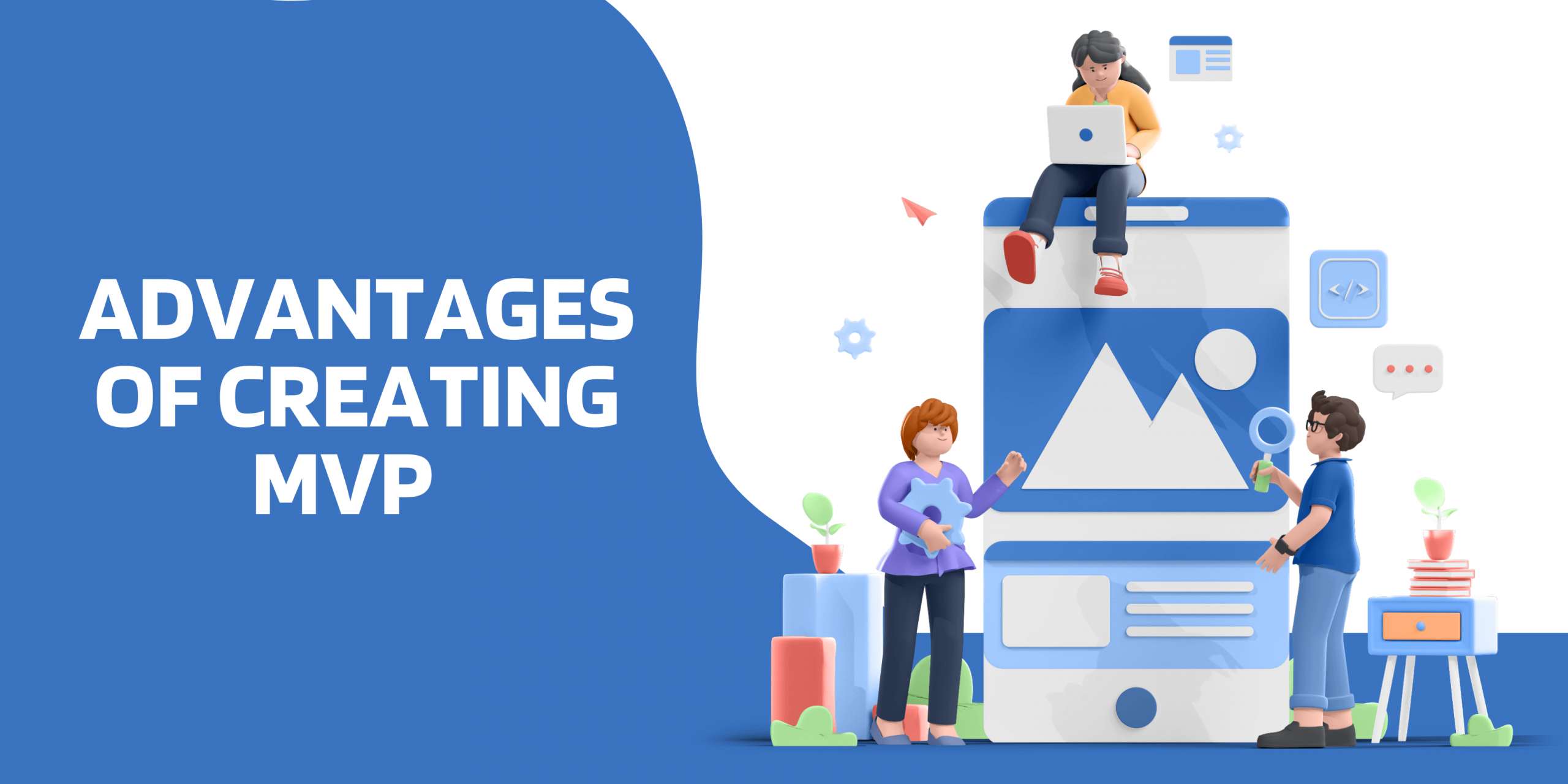
Clarity of Vision:
You must outline the main characteristics and client benefits of the software at the outset of the product’s development. Clarity of your vision will help investors to understand the goal and purpose of your product.
Easy-to-use interface:
MVP helps you to create a product that is easy to understand for the customers. MVP allows you to decide the best interface for your product. You can launch your MVP with the simple interface and then you can ask for feedback from your customers.
Rapid release:
The choice to focus development primarily on core features accelerates the product release. You may immediately test important key features following the introduction of your initial release and receives feedback for both initial and desired features.
A better understanding of customer needs:
Early feedback is significantly more useful than the best predictions of business analytics and consultants. The sooner customers test the product, the more efficiently it is developed. Your users will let you know which features they like best, which they dislike, and which one you must include in your product in an upcoming version.
What is the purpose of MVP?
The primary goal for MVP is to minimize the time to understand the market for your product. Let us discuss the purpose of a minimum viable product in detail. MVP can be used to validate the data you have by directly providing the MVP to your customer.
MVP helps you get your early customers. It quickly provides value to early adopters. MVP gets you a chance to test to examine your market fit. It also helps in getting feedback from customers. There may be instances where your product and service are used for a purpose other than what you had in mind when you created it.
A minimum viable product must contain enough features to attract customers. In the software industry, MVP helps to gain feedback from customers, then you can update their product.
Also Read: Top Reasons to Select Agile Methodology for Mobile App Development
What is the difference between a prototype and MVP?
A prototype is a way to test the fundamental idea of the system. On the other hand, an MVP contains the core features of the project. The prototype does not have full features. You can create MVP if you are sure about the product. It helps you to understand the requirements of your customers in a detailed manner. A prototype is not a product and can be created before the MVP.
Now, let us discuss the tips that you must keep in mind to develop MVP.
Tips to remember while raising money for your product:
1. Clarity of product functionality:
To compete with other related products in the market, any product you create must address specific user demands. It must contain features that are beneficial for the customers.
If you are clear with your MVP and your minimum viable product contains all the features that your final product will have then MVP will be the finest method to attract investors. With your MVP, your investors have a clear picture and a better understanding of how your product fits the market and whether it is financially feasible for them to fund future development if you are clear about the challenges and answers.
Although it does not show all the functionalities of your final product it must highlight the key functions of your software, and it must offer glimpses into the possibilities of your product.
2. You display your market awareness:
As we already discussed in the above point that your minimum viable product must be able to display the correct picture of your market awareness.
Most investors are aware that the development of MVP takes more time than setting up for pitch. They are aware that you would not be able to invest in your MVP without having market expertise. MVP must show you market awareness which may help you to win over investors.
To design any MVP, it is crucial to follow some tips. These tips will help you to raise money through the MVP of your product.
3. Maintain Simplicity:
The MVP should concentrate on a single important feature or function. Try not to complicate it for your customers. Keep in mind that the sole purpose of your minimum viable product is to serve the user best and try to solve the problems of your user. So, try to keep the features simple for your user.
4. Make it more valuable:
Try to make your MVP valuable to your users. Make sure your MVP is addressing the challenges of your user.
5. Open to feedback:
You must be open to feedback. You can ask your potential customers for their opinions. These opinions will help you to move on the correct path.
Let us try to understand examples of MVP. This section will help you to understand more about MVP.
Examples of MVP
Amazon: One of the biggest E-commerce platforms has started its journey by selling books online. Amazon.com launched a website with several books online. Jeff Bezos ordered books from the distributors and had them sent to the customer’s address when they made the purchase. By doing this, he reached weekly sales of $20,000 in less than a month
Airbnb: It started as airbreadandbreakbast.com in 2008. This was started by two friends who were struggling to pay their rent each month and discovered there were not enough accessible housing options. Now it was estimated that Airbnb generated 1.9 billion in profits in 2022.
Also Read: 20+ Best Micro SaaS Ideas For Your Next Startup In 2023
Conclusion:
Creating an MVP at an early stage of your product development process is crucial. If you take our recommendations, you may create a product with appealing features that help your investors to understand the product and assist you to raise money for your product.
You can take the help of JumpGrowth if you need any help in designing your MVP. Our mobile app development team understands the crucial points as we possess 20+ years of experience as a Mobile app development company.
We help you and do not let your minor details keep investors away from your minimal viable product.
our team of experienced consultants can provide the guidance you need to succeed. Contact us to learn more about our MVP consulting services.
Frequently asked questions:
Q. Do you need MVP to get funding?
Ans) MVP can be a great tool to attract investors, but it is not always true to have it mandatorily to get funds. A well-designed and explained prototype can also do your job and get you funds from your investors.
Q. Is an MVP required to obtain funding?
Ans) Yes, MVP enhances the overall pitch, and it can help investors to understand your product and your market expertise in a better way.
Q. What exactly is an MVP in business?
Ans) An MVP (Minimum viable product) is a release of your product with crucial features. Its primary purpose is to validate customer needs. Usually, the MVP has been released directly to the customer to receive feedback from them. This feedback then helps in improving the final product.
Q. How long does it take to create an MVP?
Ans) It takes around 3-6 months to complete MVP, or it is completely dependent on your project size.
Q. What is MVP funding?
Ans) MVP funding refers to the amount that is invested to build an MVP. The development of MVP is usually done at the initial stages of the development process and helps people to determine whether it is worth pursuing the product.





